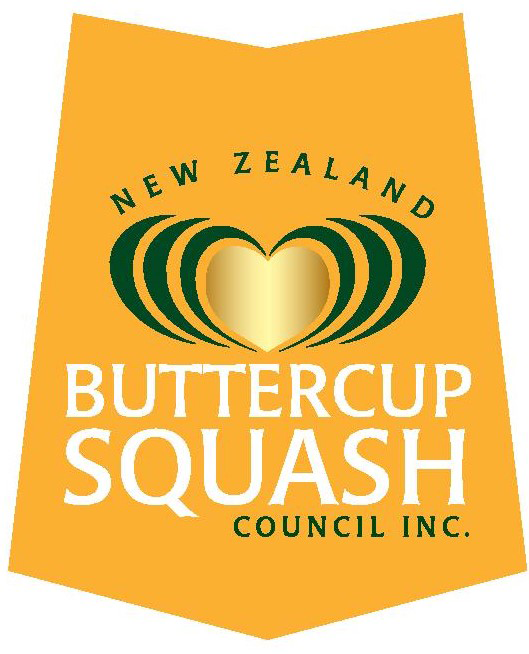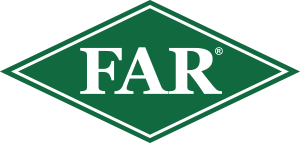Featured Research
This research catalogue contains published papers and reports and other research reports commissioned by the VR&I Board and contributing Product Groups.
Many of these documents are available directly on-line, in some cases they may be available only be emailing the Product Group concerned.
This page contains links to a selection of the latest research that has been supported by the VR&I Board.
SVS Tool User Guide v1.2 (2025)
User Guide 17/06/2025More details
This User Guide has been prepared by Sarah Dobson and Andrew Barber of Agrilink NZ, with contributions from the wider Sustainable Vegetable Systems project team. The primary purpose of this Guide is to support users of the SVS Tool, www.svstool.co.nz. The SVS Tool is the main output from the Sustainable Vegetable Systems project.
Guidelines for soil nitrogen testing and predicting soil nitrogen supply (2022)
Guideline Plant & Food Research 01/09/2022More details
Use these guidelines to collect a soil sample(s) and obtain mineral N and PMN test values from a commercial laboratory.
Vegetable crop sampling protocol for agrichemical residues (2022)
Protocol 22/08/2022More details
This document steps through the procedure for sampling vegetable crops for residue testing.
What's coming out of tile drains? 6 month update report (2022)
01/04/2022More details
This report summarises the first six months of tile drain monitoring throughout spring and summer in the SFFF “What’s Coming Out of Tile Drains?” project
Vegetated Buffer Strips Code of Practice (2021)
Code of Practice 01/04/2021More details
This guide is designed to assist you in making decisions related to installing and maintaining vegetated buffer strips.
Vegetated buffer strips - Background material and literature review (2021)
Code of Practice - Supporting Information 01/04/2021More details
This background material is supporting information to the Vegetated Buffer Strips Code of Practice.
Guidance on the use of off label crop protection products (2021)
Poster 27/07/2021More details
This poster is designed for growers when using a product off label and on a crop or pest that is not listed on the label.
Vegetable growers' on-farm biosecurity manual - Guide for covered crops (2020)
29/06/2020More details
This covered crop growers’ biosecurity manual guides vegetable growers on good biosecurity practices. This manual allows growers to assess the biosecurity systems they have in place, and directs growers to information sources and further steps to consider.
Vegetable growers' on-farm biosecurity manual - Guide for Outdoor Crops (2020)
29/06/2020More details
This vegetable growers biosecurity manual guides vegetable growers on good on-farm biosecurity practices.
The manual allows growers to assess what biosecurity systems they have in place and directs growers to information sources and further steps to consider.
Joining the dots (2020 update) (2020)
24/04/2020More details
Joining the Dots is a structured approach to progressing from problem recognition, to implemented and audited mitigations, and benchmark sustainability reporting.
The original intent of the project was to create Farm Environment Plans (FEPs) that could be audited under the New Zealand Good Agricultural Practice (NZGAP) Environmental Management System (EMS) add-on, to provide assurance to regional councils that the outdoor fresh vegetable industry is undertaking continuous improvement with the goal of increasing sustainability.
As part of the work to date, Agrilink NZ and NZGAP, commissioned by the Vegetable Research and Innovation Board (VR&I), have stepped a grower through the process using the problem of soil erosion on cultivated vegetable paddocks. The case study grower developed an Erosion & Sediment Control Plan (a component of an FEP), which has a staged implementation, and has been audited through NZGAP.
The research results are from the Sustainable Farming Fund (SFF) project ‘Don’t Muddy The Water’ underpins the Erosion & Sediment Control Guidelines for Vegetable Production.
The project also explored the potential for collection, aggregation, analysis, and display of national and regional scale metrics via NZGAP EMS. Individualised benchmarking reports could be generated for growers to inform future decision making and priority management areas, as well as aggregated environmental metrics to report on the industry’s sustainability progress over time. This report demonstrates individualised reporting using soil erosion and mitigation data, as well as regional and national level reporting.
The next phase needs to be rolling out, at scale, FEPs, as the vehicle for growers to adopt and document further good and best management practices. Alongside this is further development of the data collection, aggregation, and dashboard system. As the number of completed FEPs builds, the baseline data will become more robust and form a factual basis for prioritising areas for improvement, and setting targets, timelines, and reviews. This then feeds back into problem recognition, new research, and targeted grower engagement and extension activities.







